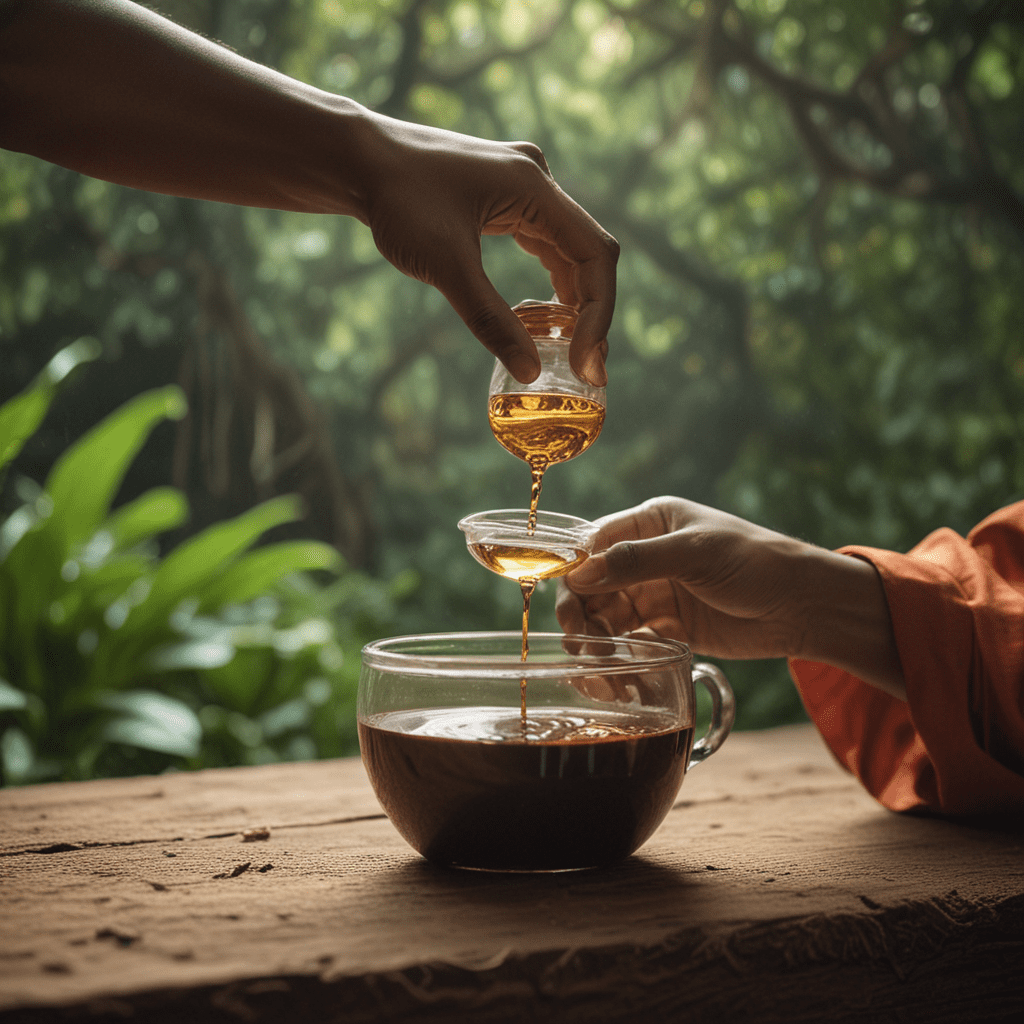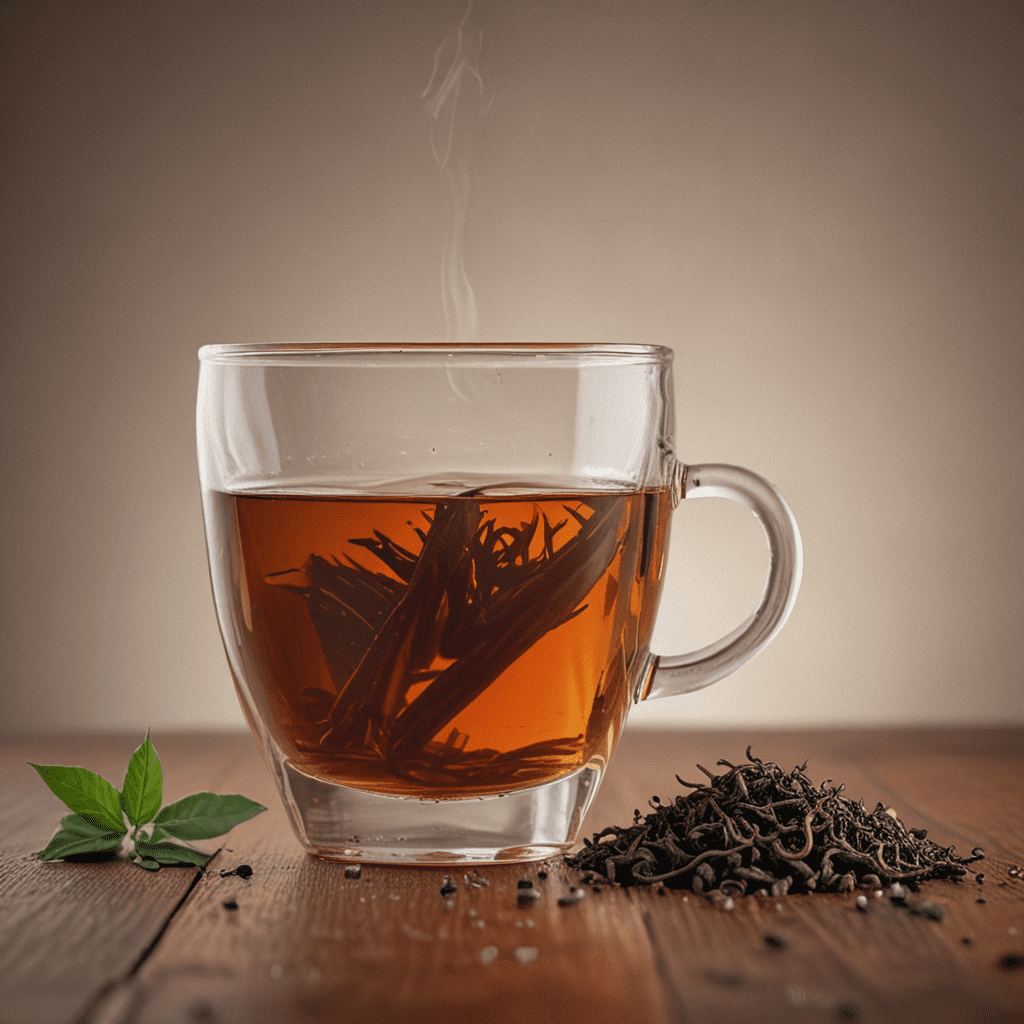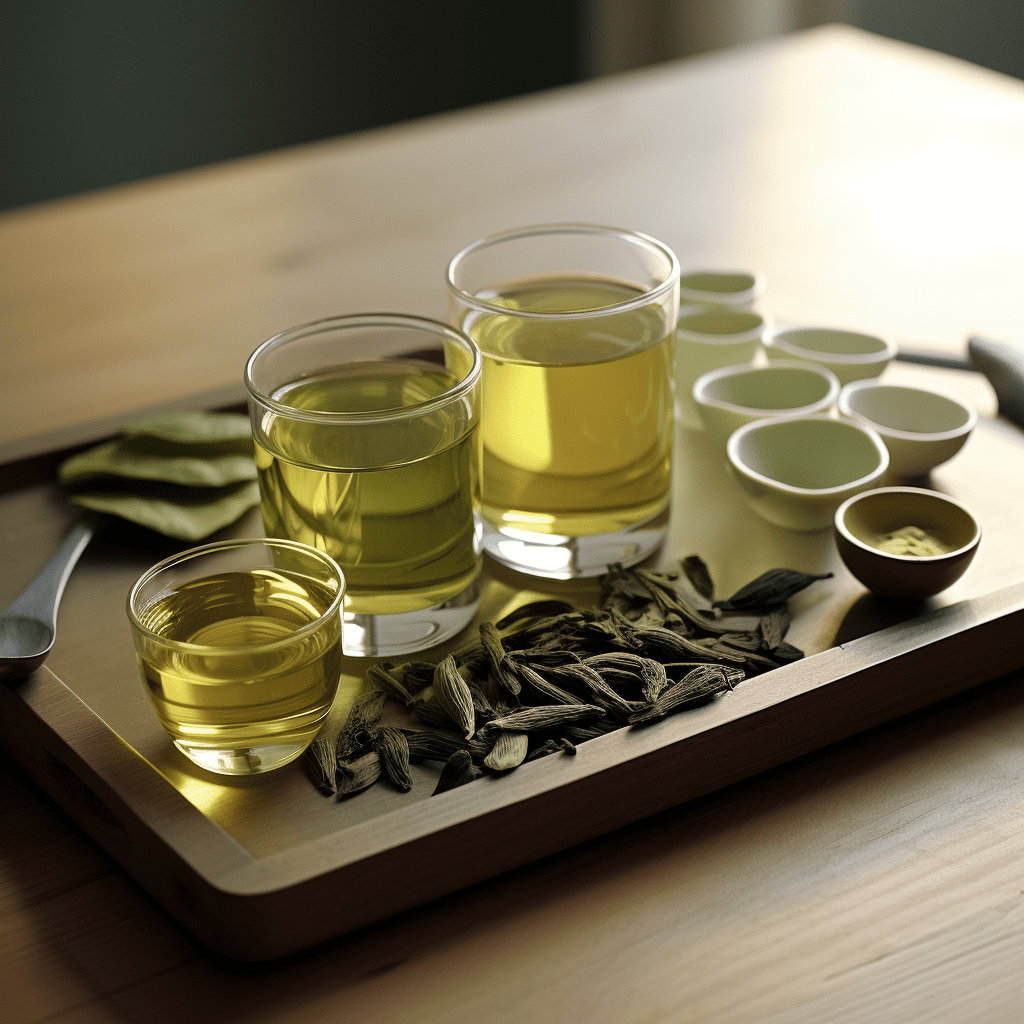Introduction to Ceylonese Tea and Its Significance
Ceylon tea, a global icon renowned for its exquisite flavors and aromatic character, has its roots deeply embedded in the history and culture of Sri Lanka. This South Asian island nation, formerly known as Ceylon, is hailed as the birthplace of this beloved beverage. The unique climatic conditions and rich soil of Sri Lanka have conspired harmoniously to produce teas of exceptional quality, captivating the palates of tea aficionados worldwide.
The Serendipitous Discovery of Tea in Sri Lanka
The genesis of Ceylon tea can be traced back to an unanticipated encounter in the mid-19th century. In 1857, James Taylor, a Scottish planter, stumbled upon a thriving tea plant growing wild in his garden in Kandy, Sri Lanka. Recognizing the economic potential of this discovery, he embarked on a mission to establish tea plantations in the country. His efforts bore fruit, and within a few decades, Ceylon tea had become a global commodity, establishing Sri Lanka as one of the world's leading tea producers.
The Ritual of Tea Plucking and Processing: Unveiling the Journey of Ceylon Tea
The journey of Ceylon tea begins with the careful plucking of the tender tea leaves by skilled tea pluckers. These leaves, predominantly the top two leaves and a bud, are then meticulously processed to retain their inherent flavors and aromas. The processing involves several stages, including withering, rolling, oxidation, and firing, each stage contributing to the unique character of the final product. The art of tea processing demands expertise, precision, and an unwavering dedication to preserving the integrity of the tea leaves.
Understanding Tea Grades: A Guide to the Nuances of Flavor and Quality
Ceylon teas are classified into different grades based on the size, shape, and quality of the tea leaves. The highest grade, known as Orange Pekoe (OP), comprises large, unbroken leaves that yield a full-bodied, aromatic infusion. The grades descend in quality, with Pekoe (P), Pekoe Souchong (PS), and Broken Orange Pekoe (BOP) representing progressively smaller leaf sizes and varying degrees of intensity. Understanding these grades empowers tea enthusiasts to select teas that align precisely with their flavor preferences.
The Brewing Ceremony: A Step-by-Step Journey to the Perfect Cuppa
Brewing the perfect cup of Ceylon tea is an art form that requires careful attention to detail and an appreciation for the nuances of the beverage. The ideal brewing method depends on the type of tea and the desired strength. For black teas, the traditional method involves using a teapot and boiling water. The tea leaves are steeped for a specific duration, allowing them to release their flavors and aromas fully. By following the proper brewing techniques, tea lovers can unlock the full potential of Ceylon's diverse tea offerings and savor the symphony of flavors that each cup holds.
The Art of Tea Consumption: Savoring the Sensory Delight of Each Sip
The consumption of Ceylon tea transcends the mere act of drinking; it is an immersive sensory experience that engages the palate, aroma, and visual senses. Each sip reveals a harmonious symphony of flavors, ranging from the robust and earthy notes of black teas to the delicate, floral nuances of white teas. The aroma, a heady blend of floral, fruity, and spicy notes, enchants the senses and invites contemplation. The visual spectacle of the tea leaves gracefully unfurling in the brewing vessel adds a touch of aesthetic delight to the experience.
Tea Pairing: Enhancing the Sensory Experience with Complementary Flavors
The versatility of Ceylon tea extends beyond its intrinsic flavors, allowing for creative pairings with a variety of foods and flavors. Pairing tea with complementary flavors can heighten the sensory experience, creating a symphony of taste and aroma that tantalizes the palate. Sugary treats, such as pastries and chocolates, provide a delightful contrast to the bitterness of black teas. Fruity desserts, like berries and citrus fruits, harmonize beautifully with the floral notes of green teas. Savory dishes, ranging from grilled meats to spicy curries, find their perfect accompaniment in the robust flavors of Ceylon black teas.
The Social and Cultural Significance of Tea in Sri Lankan Society
In Sri Lanka, tea transcends its role as a beverage and assumes a profound social and cultural significance. It is deeply embedded in the nation's heritage, serving as a symbol of hospitality and community. The sharing of a cup of tea is an act of connection, fostering conversations, laughter, and a sense of shared experience. Tea plantations are not merely commercial entities; they are vibrant communities where generations of families have dedicated their lives to the cultivation and processing of this precious commodity.
Ceylon Tea: A Reflection of Sri Lanka’s Unique Heritage and Terroir
The exceptional quality of Ceylon tea is an embodiment of Sri Lanka's unique heritage and terroir. The country's tropical climate, diverse topography, and skilled tea artisans combine to produce teas of unparalleled character and complexity. The island's central highlands, renowned for their rolling hills and misty conditions, provide an ideal environment for the flourishing of tea plants. The expertise of Sri Lankan tea pluckers, processors, and tasters ensures that only the finest teas reach the global market, carrying with them the essence of Sri Lanka's rich tea-growing tradition.
Embracing Tea as a Way of Life: Incorporating Slow Living Principles
The philosophy and practices surrounding Ceylon tea align seamlessly with the principles of slow living. The cultivation, processing, and consumption of tea are all rooted in a deep respect for nature and a commitment to preserving its bounty for future generations. By embracing tea as a way of life, we can cultivate a sense of mindfulness and appreciation for the simple pleasures in life. Whether savored in the quiet solitude of one's own company or shared in the warmth of communal gatherings, a cup of Ceylon tea invites us to slow down, connect with our senses, and find solace in the present moment.
FAQs
What is the difference between black, green, and white teas?
Black tea undergoes a process of oxidation, which gives it its dark color and robust flavor. Green tea is minimally oxidized, resulting in a lighter color and more delicate flavor. White tea is made from the youngest tea leaves and is the least processed, yielding a very light, refreshing flavor.
What is the ideal water temperature for brewing Ceylon tea?
The ideal water temperature for brewing Ceylon tea depends on the type of tea. For black tea, use boiling water (around 212°F or 100°C). For green tea, use water that is just below boiling (around 180-195°F or 82-90°C). For white tea, use even cooler water (around 175-185°F or 79-85°C).
How long should I steep Ceylon tea?
The ideal steeping time for Ceylon tea varies depending on the type of tea and personal preference. Black tea typically requires a longer steeping time (around 3-5 minutes), while green and white teas require a shorter steeping time (around 2-3 minutes). Adjust the steeping time to achieve the desired strength and flavor.



